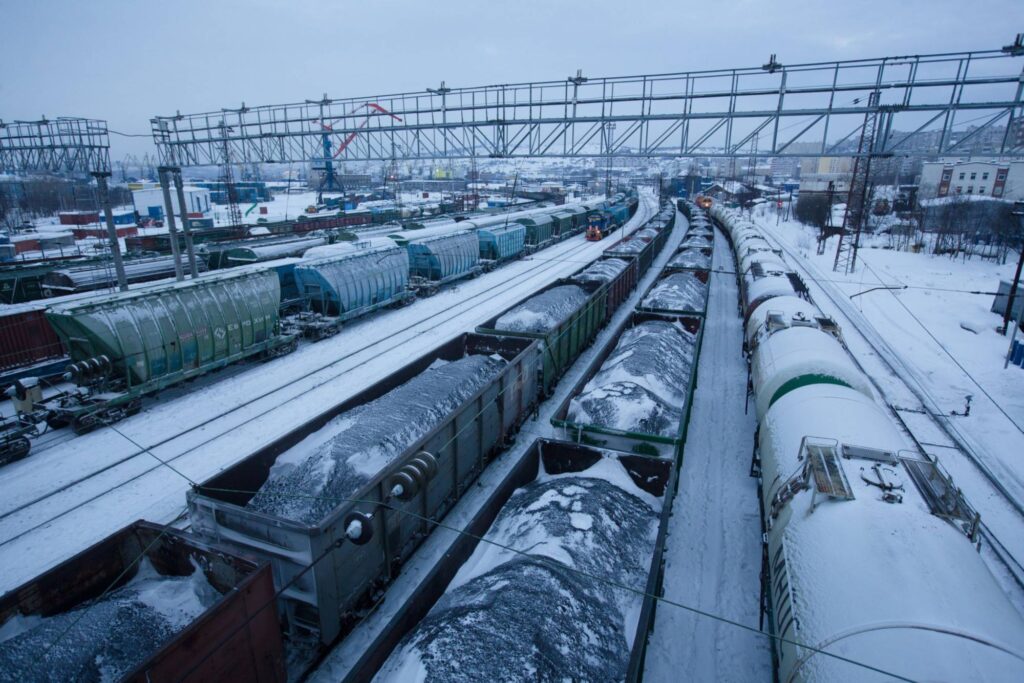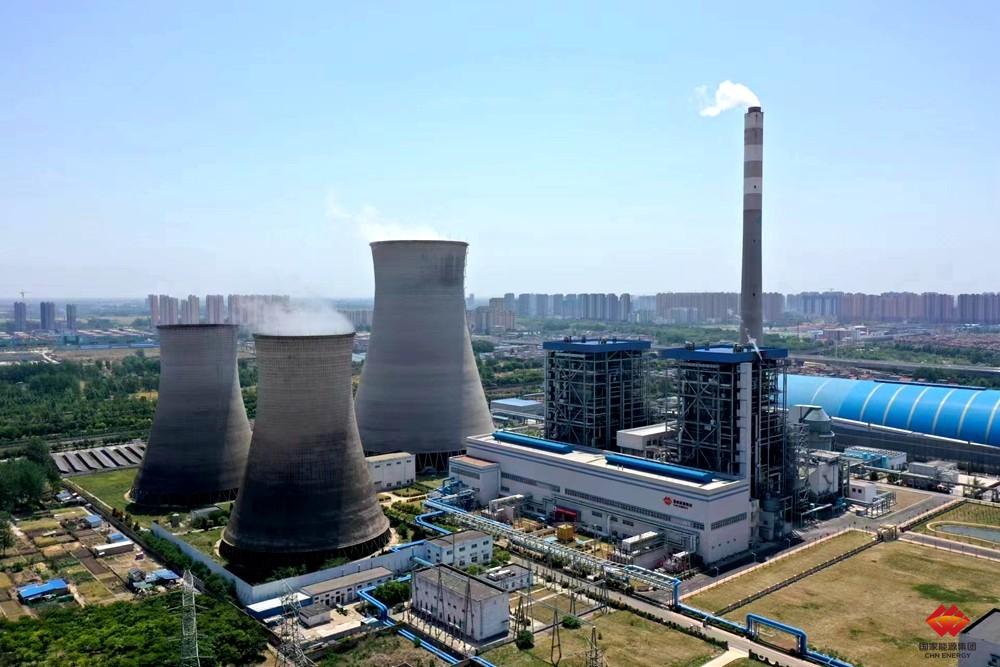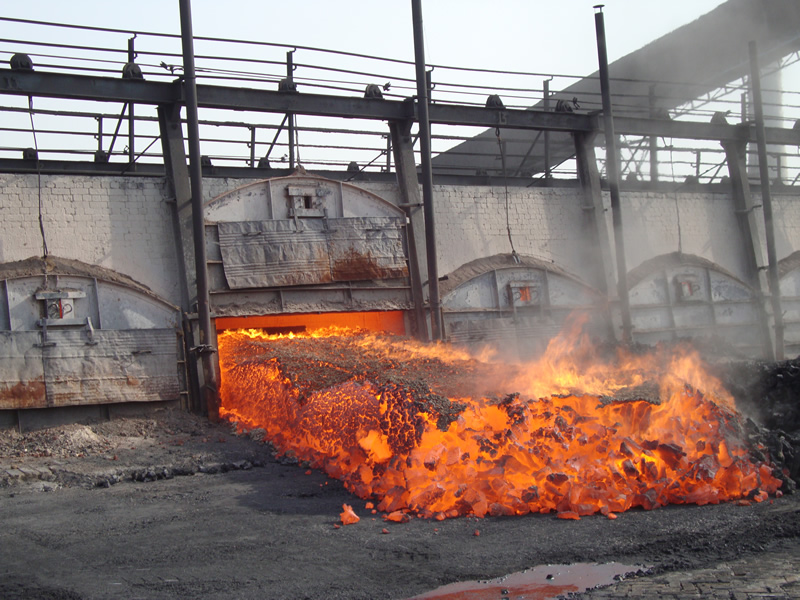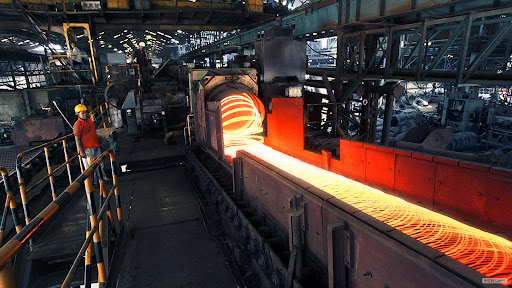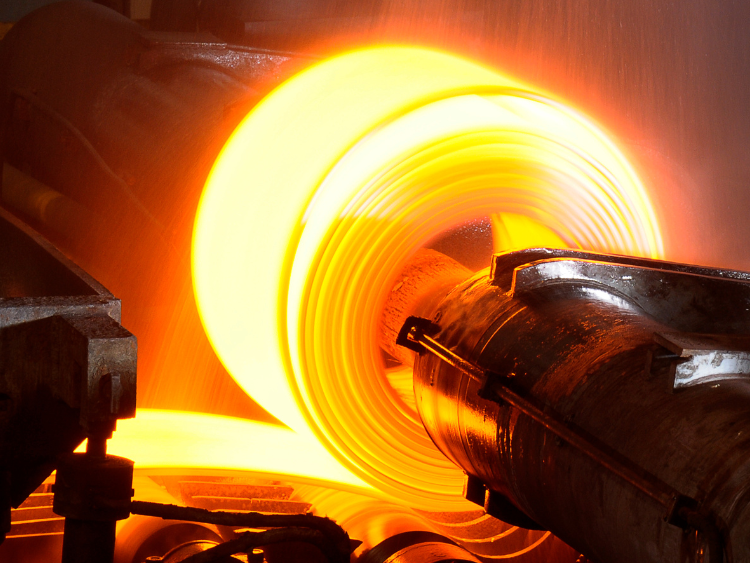
- Production may dip marginally; exports to remain high
- Demand outlook cautious as realty will continue to be a drag
- Steel prices may move in narrow range
Morning Brief: China’s crude steel production remained largely stable, rising a marginal 1% in CY’23. Where demand was concerned, while it remained positive in the initial part of CY’23, it started dissipating from March onwards. The demand push in Q1CY’23 was a knee-jerk reaction to China’s lifting of Covid restrictions in end-2022, which led to a release of pent-up demand. However, demand failed to keep pace with production because real estate performed poorly which led to a drop in rebar sales and production.
But sectors like auto, manufacturing, ship-building and energy transition did well which supported flat steel demand.

Likely scenario in CY’24
But now the spotlight turns on CY’24. Most steel industry stakeholders are keen to know how China’s steel market will unfold this year. BigMint takes a look.
Production may dip slightly: China’s crude steel production touched 1,019 million tonnes (mnt) in CY’23 — while no curbs were implemented centrally last year (unlike in 2021 and 2022), a few regions issued control diktats. This was possibly because mills were making losses and the higher production was expected to flow out in the form of exports and ease margin pressures. Output is likely to dip only slightly to 1,010 mnt in CY’24 even though curbs may not be strict and capacity expansion will continue, both factors having the tendency to pressure the market. Around 114 mntpa of new-age capacity may be added in CY’24, replacing existing and more polluting nearly 109 mntpa.
Demand outlook cautious: Since the challenges in the real estate sector, the largest consumer of construction steel, will probably continue into CY’24, demand for rebars is going to be impacted more heavily than that for flat steel. China’s property sector contributes around 30% of the country’s GDP and similar percentage to steel consumption.
But flat steel sales remained more supported because of the rising demand for automobiles, ship-building, manufacturing and energy transition. Auto sales almost doubled in December 2023 compared to January figures while production rose 12% y-o-y in CY’23.
But, having said that, demand forecast for the current year is cautious and the risk of the same falling short of expectation is increasing. Much will depend on policy proposals which are somewhat reactive rather than proactive at present.
Exports to be high but may fall short of 90 mnt: While the overseas sales momentum will remain in CY’24, exports will not possibly reach 90 mnt levels.
Factors that further supported China’s exports in CY’23 included firm overseas demand, especially from Vietnam and Middle East; and its attractively lower export offers. However, in CY’24, the factors will likely alter. One is the sustainability of overseas demand. Secondly, increase in steel production capacity in Southeast Asia which could potentially dent demand from China. In the immediate future, two new blast furnaces will be ramped up to full capacity this year in Indonesia and Malaysia which will inject 4 mnt of hot rolled coils per annum, as per a report. That apart, over 19 mnt of capacity is coming up combined across Malaysia, Vietnam and Indonesia over the next few years. On the other hand, many of these projects, announced in 2016-18, are facing delays because of the pandemic and subdued global steel demand.
Prices may move in narrow range: Chinese steel prices will likely move in a narrow range in CY’24 since domestic demand is expected to remain subdued. Prices may not fluctuate too much ahead of the Lunar holidays but may trend down post-holidays, depending on raw material and demand trends.

